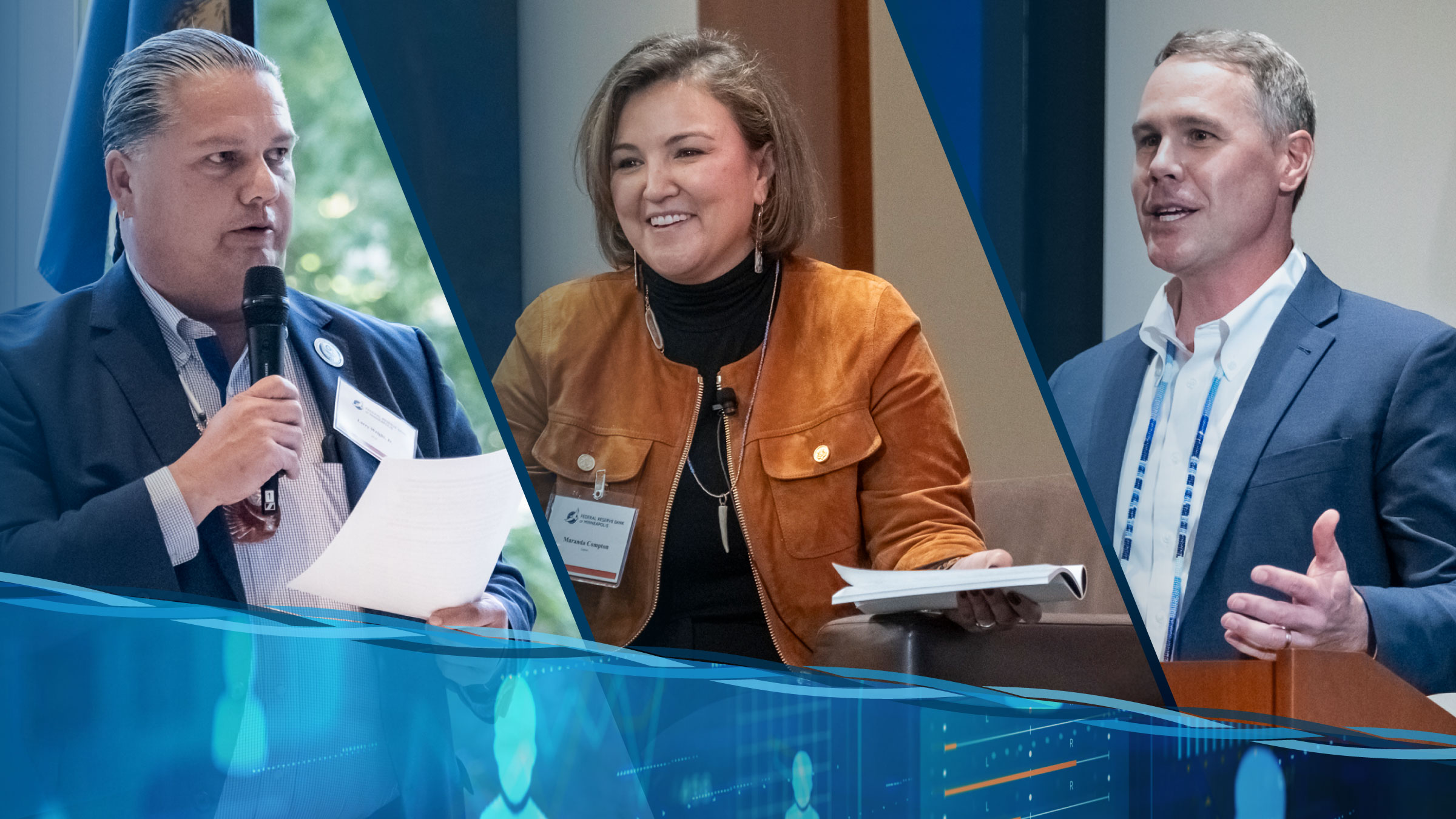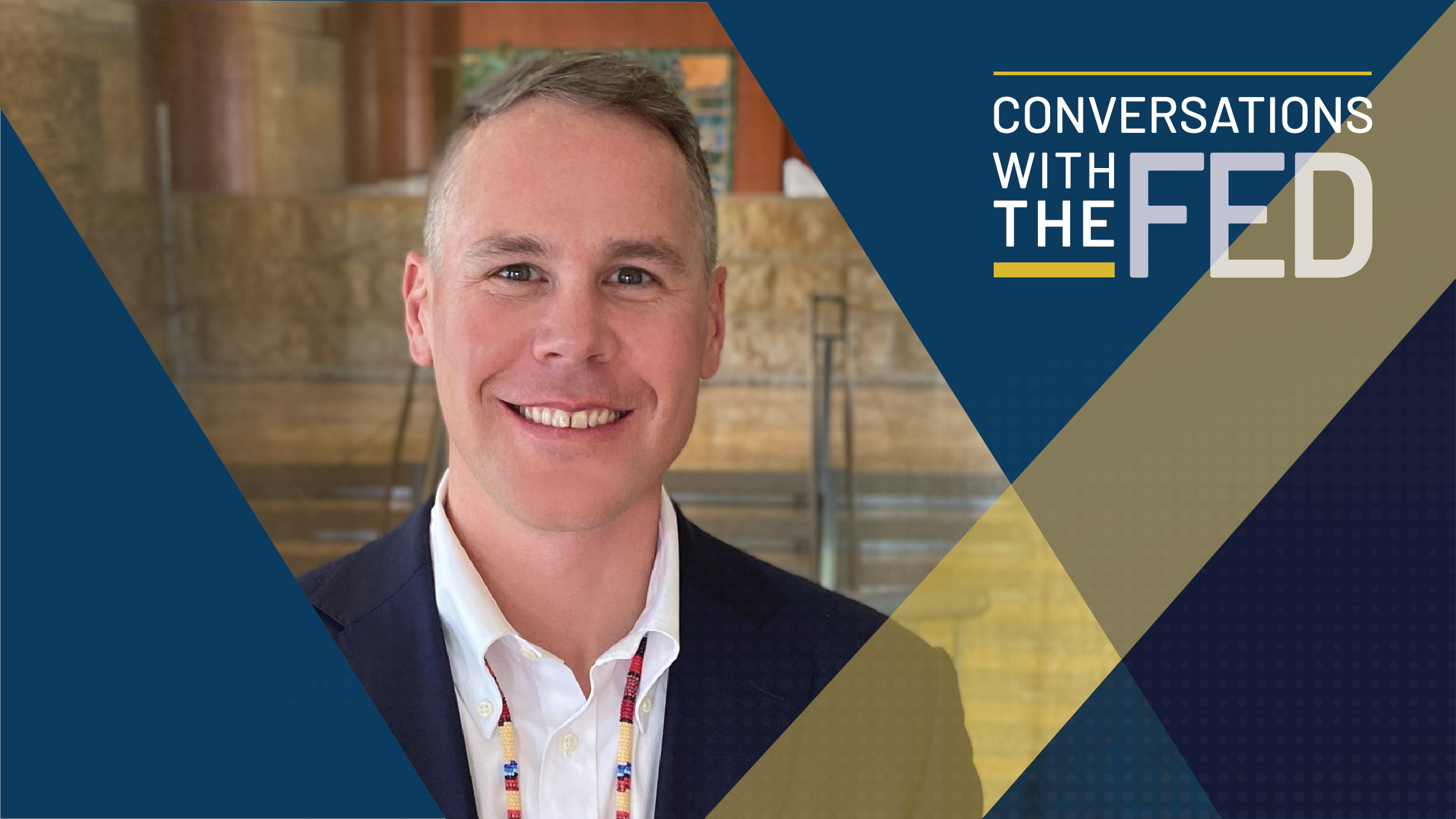
My two-year journey as a Casey Family Programs Executive Fellow with the Center for Indian Country Development (CICD) at the Federal Reserve Bank of Minneapolis has come to an end. At the CICD, my work focused on economic and community development in American Indian and Alaska Native communities, mainly in the areas of housing and homeownership. I often am asked what that has to do with Casey’s primary objective of fostering child well-being. My immediate response is “Everything!” As I leave, I’d like to take this opportunity to say more about the intersection of tribal community development and the health and well-being of American Indian and Alaska Native families.
When I entered the arena of community-based strategies in the 1990s to prevent child neglect and abuse in Montana, many prevention efforts then (and still today) focused narrowly on family and child interventions, implicitly viewing prevention as a defined set of family-centered problems to be solved or family-specific programs and services to provide. My Montana colleagues and I, however, took a broader view of child and family welfare. We defined prevention as “creating conditions in communities that promote the health, safety, and well-being of children and families.” This implies a much broader, more comprehensive, and collaborative approach to improving outcomes for children and families.
I have adhered to this broader view ever since. It fits well with the mission of Casey Family Programs, my employer for the past two decades, to “provide and improve — and ultimately prevent the need for — foster care.” Jim Casey, founder of Casey Family Programs stated, “The destiny of all of us is, to a large extent, in the keeping of each of us.” The Foundation has translated this vision into its 2020: Building Communities of Hope agenda that draws on the strength of communities and the vision of local leaders to keep children safe and make families strong. This agenda is based on the view that “If a community is healthy—if it is safe, supportive and teeming with opportunities—then it will have the elements that children need to thrive.”
My broad view of child and family welfare also fit well with the CICD, which provides research and resources to help Native Nations enhance their wealth and prosperity. The CICD aims to create conditions that promote the overall health and well-being of tribal citizens. This, in turn, depends in large part on how community and economic conditions affect the most vulnerable members of Native communities.
As I reflect on what I have learned in this journey with the CICD, it strikes me that the CICD’s mission and strategies have a sustained and direct impact on the healthy growth and development of Indian children and their families. This seems to me to be the essence of “the keeping of each of us.”
I would be remiss if I did not share my optimism about the new Families First Prevention Services Act (FFPSA). Signed into law on February 9, 2018, the FFPSA is guided by a simple but fundamental principle: “children do best in families.” By extension, families do best in healthy communities. The work of the CICD complements the FFPSA provisions by working to build strong tribal community and economic infrastructure to improve outcomes for children by enhancing essential family preservation services.
As I begin my transition from CICD and return to Casey Indian Child Welfare Programs, I also would like to express gratitude to my colleagues at the Minneapolis Federal Reserve Bank, the CICD’s Tribal partners, and national advocacy organizations. Most importantly, I am thankful for the elected tribal leaders, their staff, and people who are working every day to create a healthy and prosperous future for their relatives now and for seven generations to come.
Best wishes!





